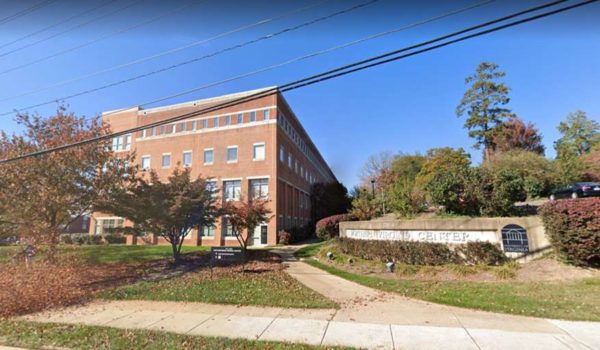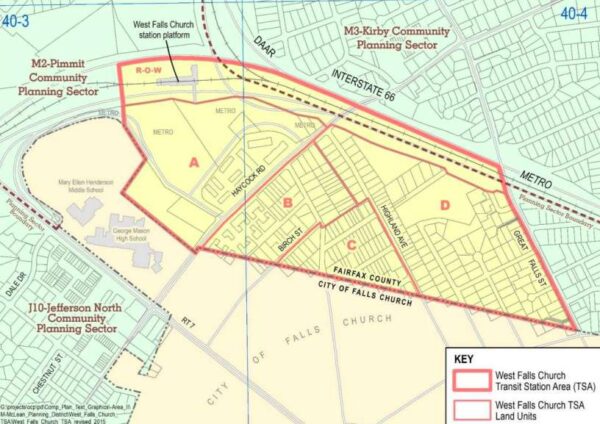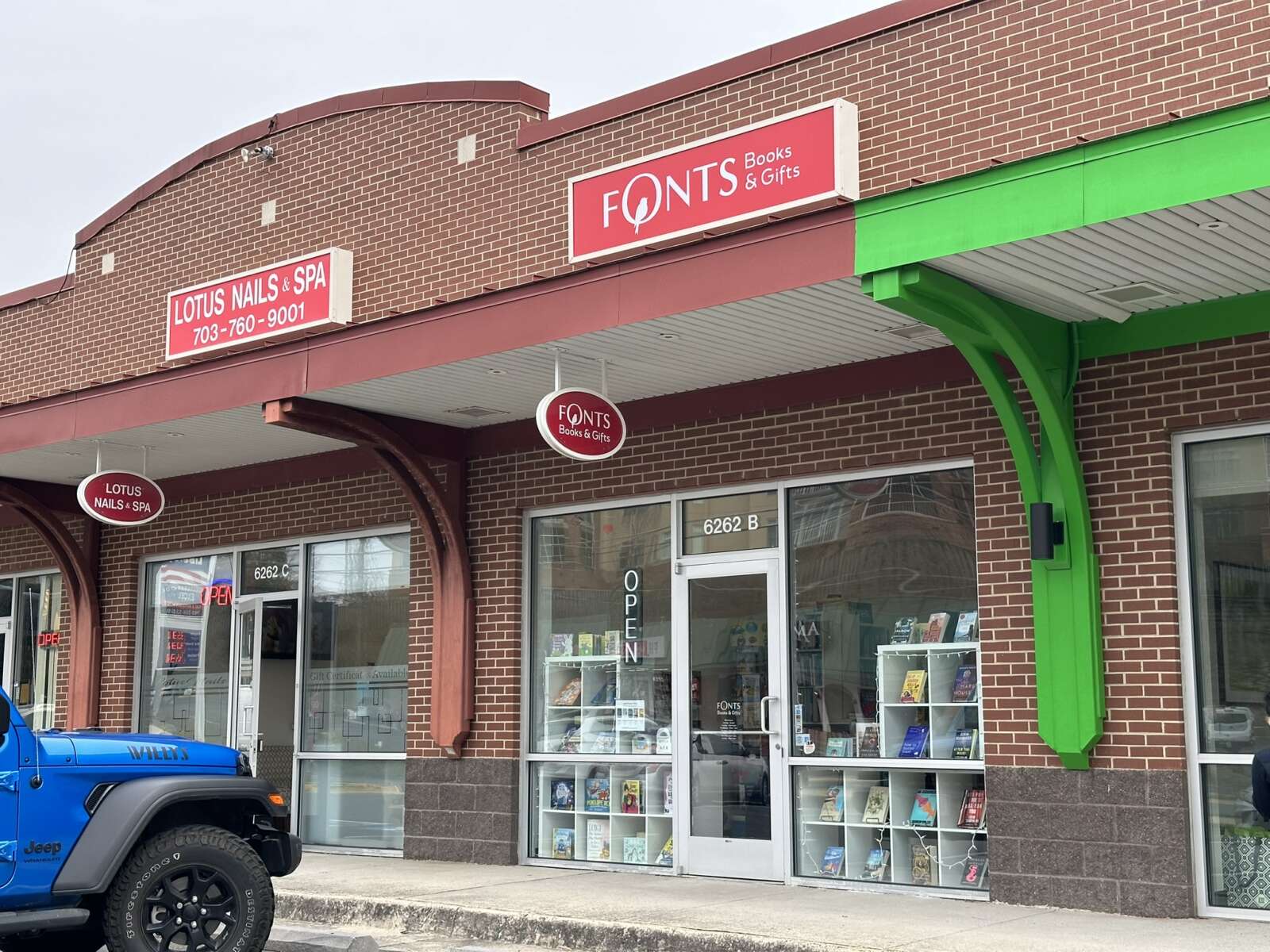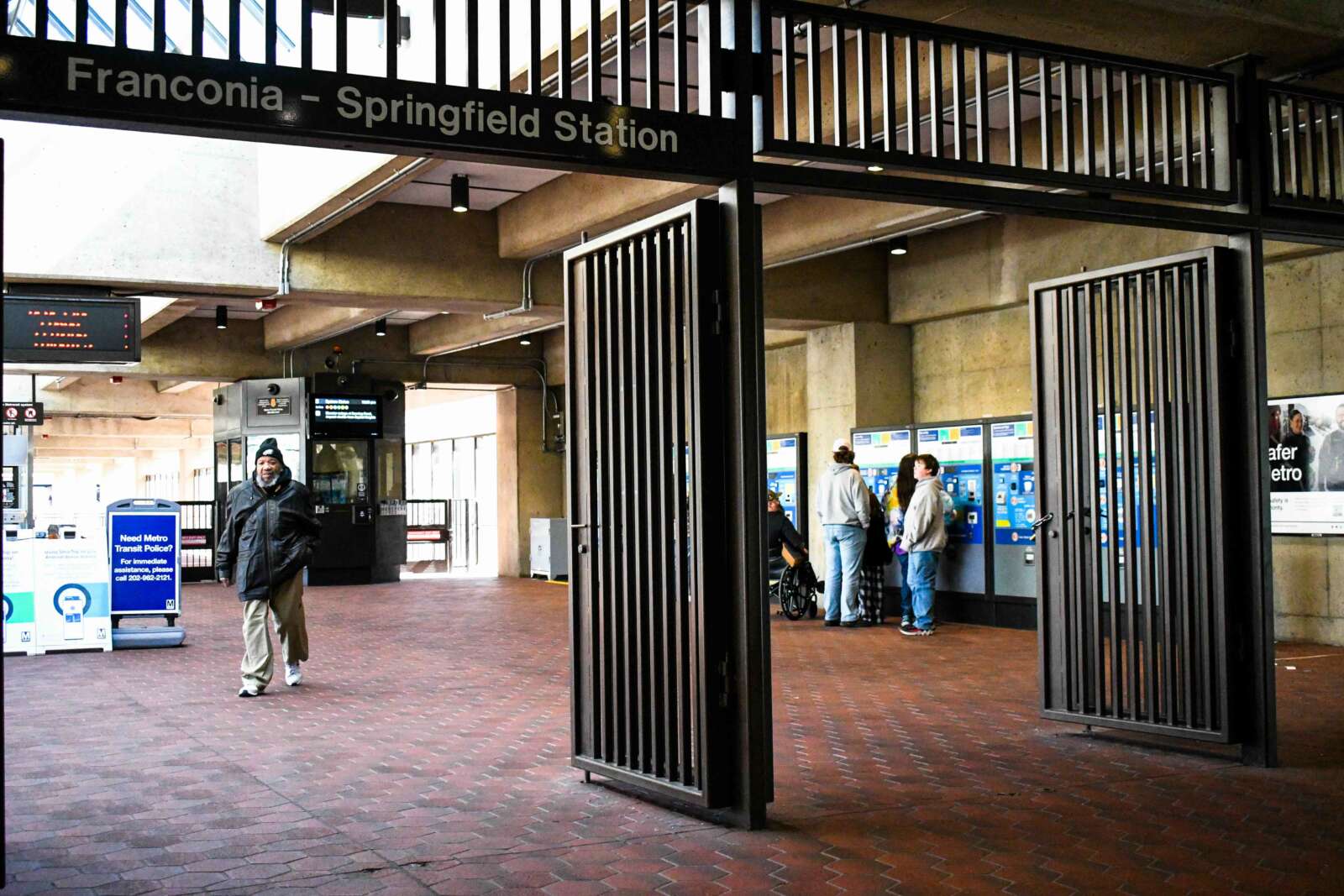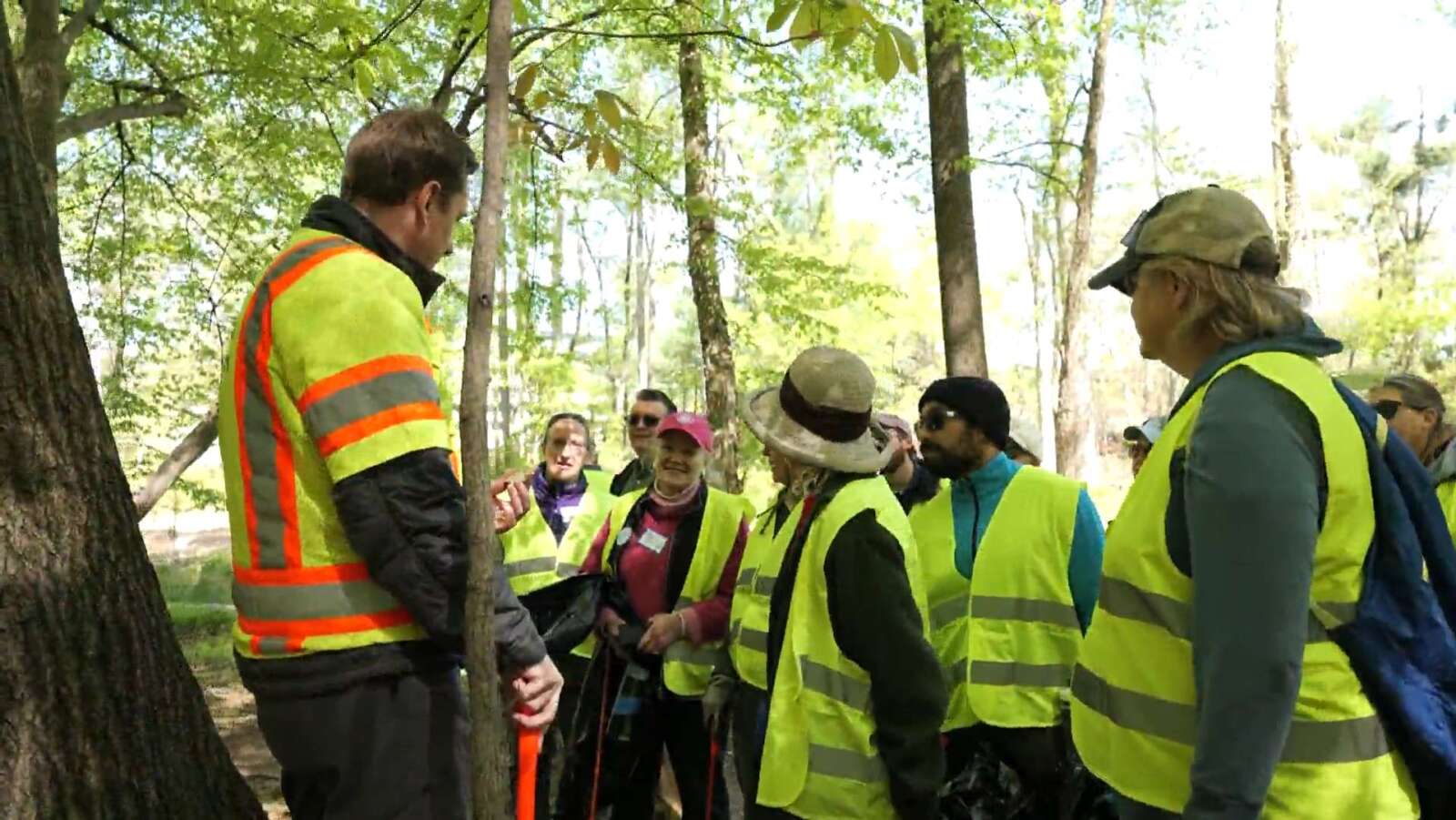Plans to overhaul the area around the West Falls Church Metro station are slowly coming together, but some deep divisions over what shape that future will take remain, even as Fairfax County’s three-year effort to update its vision for the area nears a conclusion.
Appointed by Dranesville District Supervisor John Foust in 2019, the West Falls Church Transit Station Area Task Force is a small group with a big task: help determine what the approximately 24 acres of transit-accessible land should look like.
In the group’s penultimate meeting last night, one of the primary points of contention was how Virginia Tech’s 7.5-acre campus on Haycock Road should be separated from residences.
Dwyn Taylor, representing Virginia Tech, was left to address the fallout of the university’s decision not to move forward with plans to expand its Northern Virginia Center with a design school and other facilities.
What will or won’t be built at the site is still up in the air, and Taylor was pressed by task force member Paul Rothstein about how any future construction will divide the campus from nearby residential properties like The Villages.
Taylor answered that he couldn’t provide too many specifics on what the alignment of the campus will look like, because it was still being determined what the curriculum of the school will be.
“What does your curriculum have to do with buffering?” Rothstein said. “So it’s acceptable to you to be fronting right next to our community? Virginia Tech was not a very good neighbor to us. We asked specific questions and never got very good answers…I [hope Taylor] will take back to project executives that it’s important for Virginia Tech to consider being good neighbors to the community they say they’re proud to be part of.”
Task force chair David Wuehrmann noted that buffers are included in the proposed draft amendment to Fairfax County’s comprehensive plan, which was last updated on April 1, but Rothstein said his concern is that what constitutes a barrier is left vague.
One of the few examples of landscape buffering included in the plan is a “linear park,” which Rothstein says could constitute much less than what anyone on the task force is imagining unless specified otherwise.
“If it’s a linear trail, like W&OD trail, that’s not really a buffer,” Rothstein said. “It’s nice language, but nothing says [the] buffer will be at least X. It sounds nice, but there are no teeth in it.”
Photo via Google Maps


